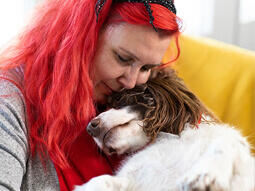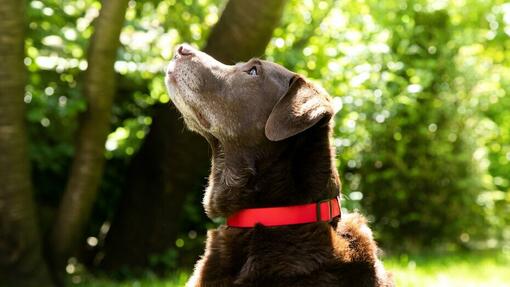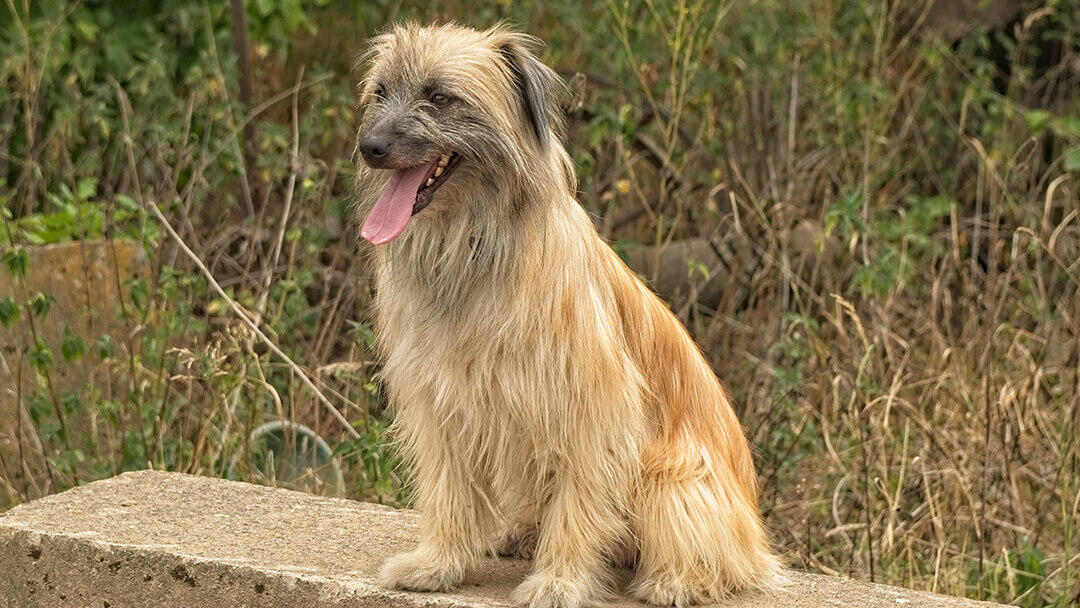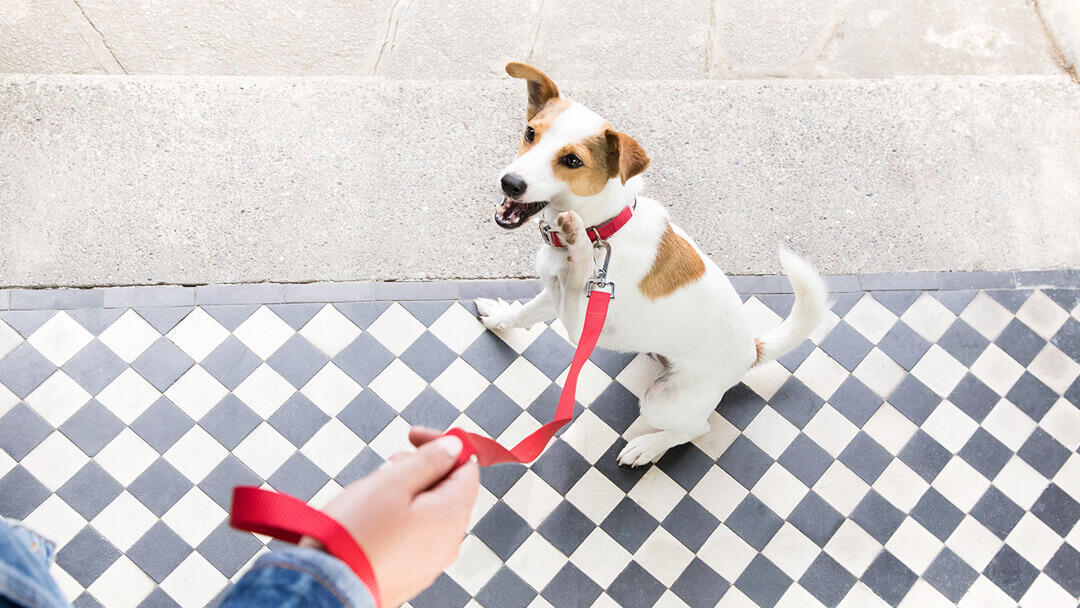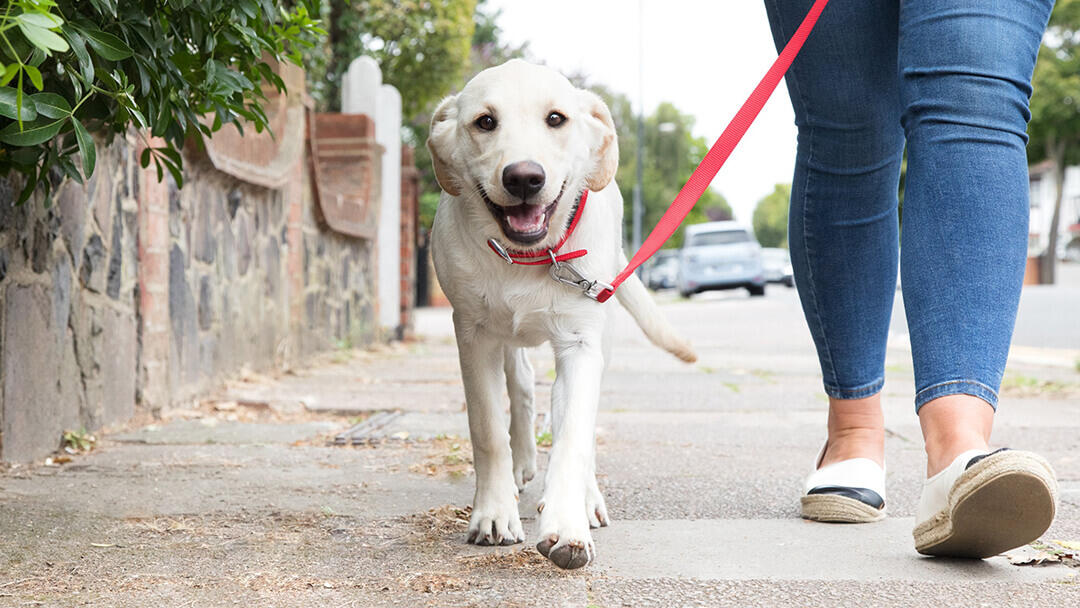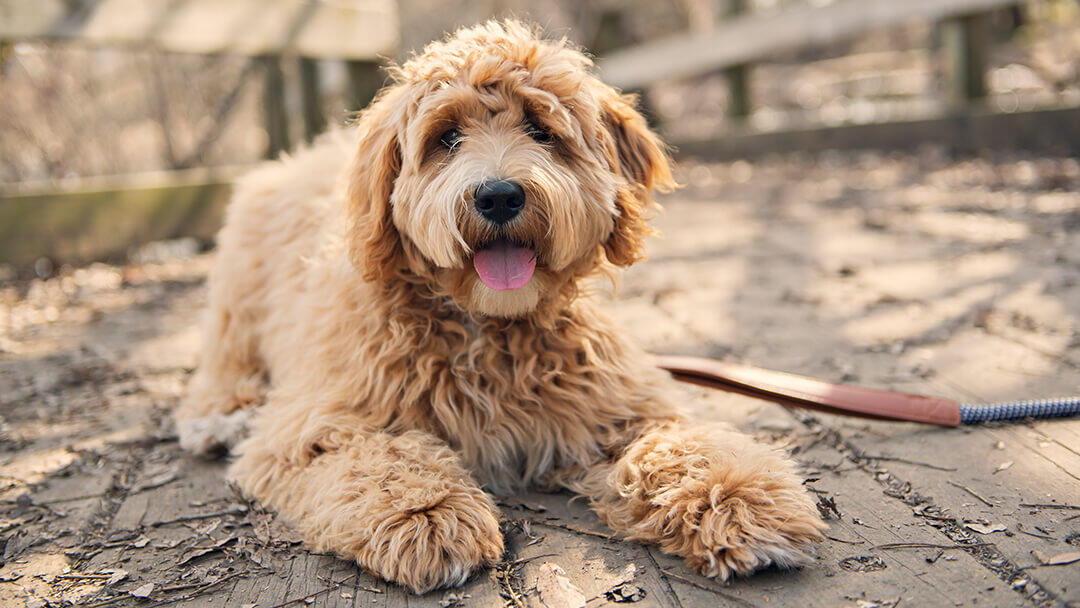
It’s every dog owner’s worst nightmare; one minute your dog’s there, the next they’re not. Of course it’s upsetting and stressful for you when your dog is missing, but there’s also the added worry that your pup may be scared or hurt.
The good news is that there are plenty of things you can do to maximise your chance of finding your dog.
Home is where the heart is
If your dog has disappeared from your home, the chances are that they won’t have gone far. They may have escaped under or over a fence, been distracted by a passing cat and squirrel, or have been tempted to wander off in search of food and simply got disorientated. Alternatively, they may have been spooked by a loud noise or a rumble of thunder, in which case they could well sought safety in the garden or garage of a neighbour.
Check your home first. Many ‘lost’ dogs are discovered under beds or shut in a room you hadn’t realised they’d gone in to.
If you’ve lost your dog in your immediate neighbourhood, spend at least 15-30 minutes calling and whistling for your dog - and try to sound cheerful. Make some familiar sounds like tapping a fork against their bowl or shaking a box of their favourite treats.
Ask any neighbours or dog walkers that you see if they have seen or heard any evidence of your dog.
Follow any regular dog walking routes or paths your dog is familiar with. As you walk around stop and listen, and pay particular attention to outside garages or sheds where they may have got stuck or been locked in. If you live in a rural area check rabbit or badger holes and sets, and ask farmers if you can check their barns.
Similarly, if you’re on a walk when your dog is lost, keep calling for them. If it’s a familiar walk go back to places you know they like, such as a particular pond or even the park café! Some dogs are very good at finding their way back to your car so do check the car park. Fellow dog walkers are often a great help as they’re dog lovers too, and their pet may even be a pal of yours. Give them your phone number and ask them to let you know if they spot your wandering dog.
Most dogs are found fairly quickly close to the area they went missing.
If your dog does come bounding back to you, greet them warmly. As frustrated and scared as you might be feeling inside, they need praise not punishment for coming back!
Asking for help
If you’ve looked everywhere that you can think of and there’s still no sign, it’s time to let others know that your dog is missing.
- Contact local dog rescue centres to see if they’ve found your dog or if a kind stranger has handed them in.
- Contact the local council and find out where dogs who have been picked up as lost would be taken. Also contact the police – as while they do not have the responsibility for lost dogs, they might have been contacted if someone has found them. This is extra.
- Hopefully (and legally) your dog will be microchipped with all your contact details up to date. Call your microchip company straight away to let them know your dog is missing. While you’re on the phone, double-check that they have your most up to date contact details – including your mobile number if you are out looking for your dog.
- Call all local veterinary practices and all animal rescue centres with a description of your dog and their microchip ID. Ask them if they’d be happy to put up a poster or post something on their website or social media page. If so, they will probably ask you for a recent photo.
- Contact Dog Lost (doglost.co.uk) who have a network around the UK, and also look at local social media pages and post there. Most areas have a dog lovers/owners page and these pages are an excellent resource for finding lost dogs.
- If you have pet insurance, then contact your provider as they may provide financial assistance and advice on how to find a missing dog.
- If your dog has run off from home, let your immediate neighbours know and ask if they’d mind keeping an eye out for you.
- Prepare a flyer with relevant information about your dog, including their name, breed, physical description and, ideally, a recent photograph. Contact information should include your name, telephone number and email address.
- If your dog has run off on a walk, put up a poster and talk to people both where you last saw your dog and also the car park.
- We would advise against offering a reward for the safe return of your dog – this may attach a value to your dog, so if your pet ends up in the wrong hands, it could tempt someone to sell them or could result in hoax calls. Most local dog loving people see the safe return of a pet as reward enough as they know how they would feel.
- Post and distribute flyers wherever your lost dog was last seen, as well as throughout your home neighbourhood, as some dogs have incredible homing instincts. Drop into places close to where you lost your dog such as shops, post offices, doctors’ surgeries, pubs and gyms and ask them if they’d be happy to display your flyer to help you find your missing dog.
- Canvas the neighbourhood, enlisting any willing volunteers to help you knock on doors or distribute flyers.
- Walk or cycle up and down the road near the area your dog was last seen and drive slowly through your neighbourhood. Show passers-by your flyer and ask them to keep an eye out for your lost dog. If they offer, ask them to help you widen your search by looking in surrounding fields or woodlands – you might want to give them some treats in case they do find your missing dog.
Who to contact
Get in touch with your local council, dog warden, police, and animal control authorities with a description of your dog and let them know the time and area when you last saw your dog. These are the people that will most likely be contacted if your lost dog is reported as a stray or is involved in a car accident, and they are also able to reunite you.
Some other organisations can be a great help in locating lost pets. To save time make sure you have the following details to hand when you contact them: your dog’s colour, age, size, temperament, identification on the dog (collar, tag, microchip, where the dog was lost), and your details.
- Online databases, such as The National Pet Register, Animal Search UK and DogLost provide free resources to help reunite you with your missing dog.
- Facebook can also be a very useful resource so search for local dog groups Both DogLost and Animal Search UK have their own pages as well as their websites, and you’ll also be able to search for lost dog pages in your area.
- Post on your own social media accounts too – and ask friends to share.
Dog thefts
Sadly, dog thefts are on the increase. If you suspect your dog may have been stolen contact your local police station straight away, give them the details and why you think your dog has been stolen (and any relevant information) and ask for a crime number.
Most dog lovers will be more than happy to help you find your missing dog and strangers will often go out of their way to publicise missing pets, so spread the word as widely as possible and hopefully you will soon be reunited with your wonderful friend.
Want to know more about owning a dog and useful guides on keeping them safe? Check out our helpful articles on how often you should walk a dog and our top tips on dog-walking etiquette, next.

